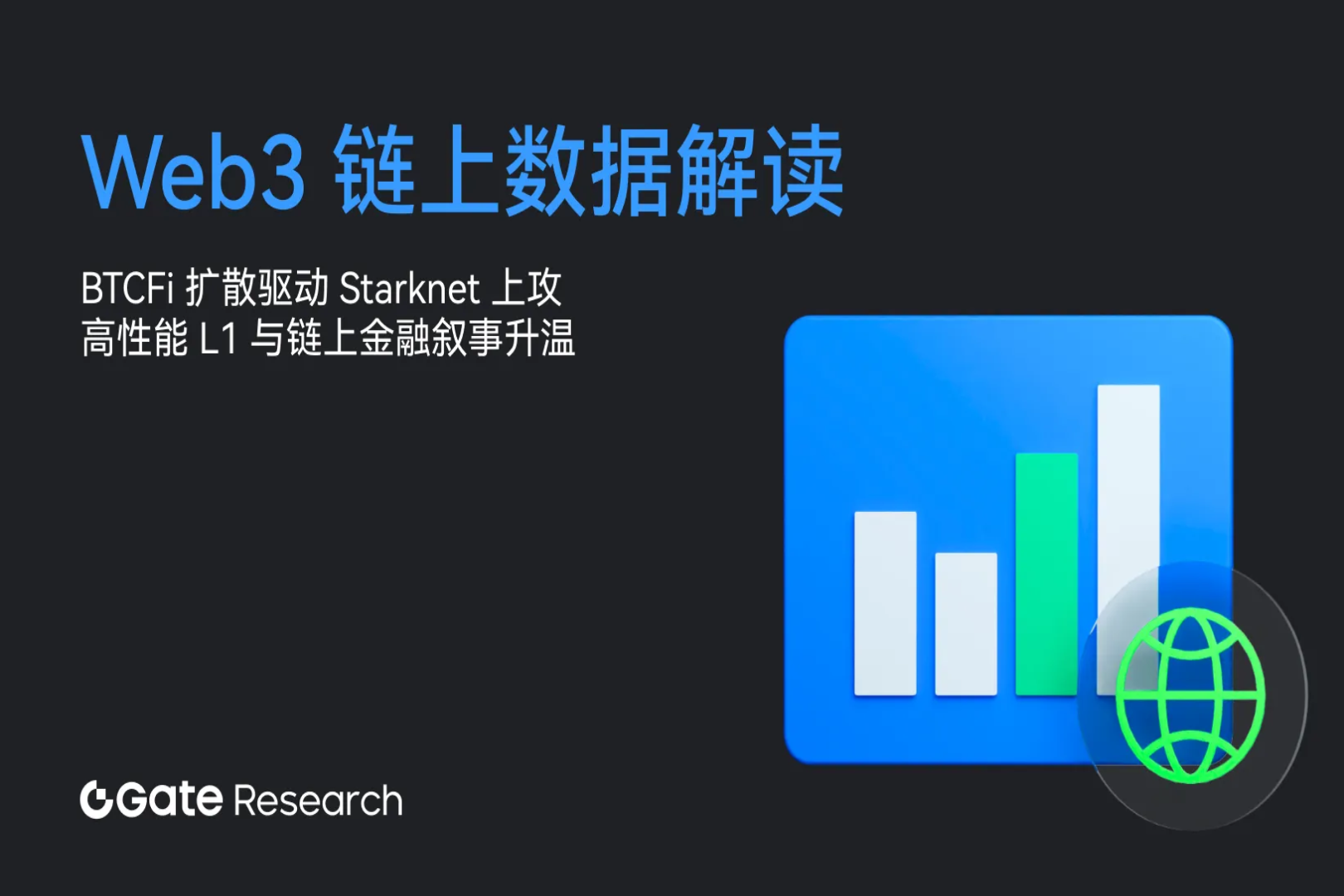Web3的新前沿?一文了解「链抽象」概念及其实现方式
Original title: Why Chain Abstraction Is the Next Frontier for Web3
Original author: Illia Polosukhin
Original compilation: Luccy, BlockBeats
Editors note: In the current development trend of Web3, chain abstraction has gradually become a topic of great concern. Since its founding in 2018, the NEAR ecosystem has been working toward the vision of chain abstraction.
In this article, NEAR co-founder Illia Polosukhin explores the concept of chain abstraction and introduces NEARs technology stack in detail, emphasizing the importance of chain abstraction in improving Web3 usability, discoverability, and security. Illia Polosukhin noted that the NEAR technology stack has been expanded to support comprehensive chain abstraction across chains and various applications. BlockBeats compiles the original text as follows:
Most of todays dapps are not actually truly distributed applications. If the user needs to leave the app before using it, its really just a frontend and not a real app. If users need to manually join and manage multiple accounts, handle multiple gas fees and bridges through the exchange, have you really built an application? I don’t think so – which may explain why only a few million people in the world use dapps.
Because we believe that a more open, decentralized Internet that supports the autonomy of all people is better for the world, then if we want to see Web3 become more widely used, we need to do something.
The prevailing philosophy in Web3 today is modularity, which is the separation of different functional layers of the blockchain, such as settlement, data availability and execution, in order to improve scalability. L2, optimistic and ZK rollup, data availability layer, sidechains and state channels are all examples of modular solutions.
The proliferation of blockchain and rollups has led to a decline in user and developer experience. Modularity and the existence of numerous chains have led to greater fragmentation of liquidity, applications, and users, which has brought considerable complexity to the user experience, making it difficult for ordinary users to adapt. The same goes for developers, who feel forced to commit to a specific technology stack while limiting their apps audience. Now, when you build a dapp, by choosing a single chain, you are essentially locking yourself into a niche.
Id like to propose a better vision for the entire Ethereum ecosystem and Web3: lets work together to drive mainstream adoption through chain abstraction. The idea is that blockchains must be abstracted away from users so that they do not impede user access or participation. NEAR has been focused on this vision since 2018 and is now the network with the most users in Web3: 12.4 million monthly active users and 34 million total users.
Heres how were integrating Web3 and engaging billions of users through dapps.
What does this look like for users?
Let’s imagine what it should be like to use a dapp: easily transact between different networks, conveniently navigate between different experiences, all within a single interface. To take an example, Alice picked up her phone and opened KAIKAI from her lock screen. She orders a smoothie from a local business, finds a discount on an app at Maison, her favorite clothing store, and orders a pair of spring shoes. Alice discovered that she had earned enough KAICHING rewards to earn a badge at Maison, which she did not know was an NFT on Polygon, and redeemed it in her account.
When she was browsing Maison on the KAIKAI app later that day, she noticed that her new badge revealed a deal on tickets to an exclusive event at the store, complete with a DJ she liked. She purchased 2 tickets with KAICHING, still unaware it was an NFT on Arbitrum. Since she had an extra spot, Alice invited her friend Bob to go with her and asked him for his address.
Bob sends his NEAR address to Alice and opens his application to view the tickets. He sends Alice some ETH to thank her for the invitation and looks at the different cryptocurrencies in his account. Since he had some time on the subway, he decided to buy some BTC and lend against USDC so that he could mint a Fighting Dragon NFT on Magic Eden. His friend Charles had texted him earlier about buying one so they could play against each other in Year of the Dragon, a new game on NEAR, where their dragons would fight for each others coins.
All these interactions and transactions can be conducted in a single interface and in a completely private manner. There are no wallets, no switching networks, and no transaction fees to deal with; these are all embedded directly into the exchange or purchase and processed on behalf of the user. Alice doesnt need to worry about which network the ticket is on, Bob can send her ticket payment in any cryptocurrency he wants and can easily purchase other cryptocurrencies the next second. All this within one app. This is the level of seamlessness we should strive for as an ecosystem.
How do we implement chain abstraction?
Everyone building an application in Web3 will benefit from being able to access such a broad market of potential users in this example - anyone who uses the application. While today, developers choose a network based on access to liquidity or users of a specific rollup or chain, but in the future of chain abstraction, they can just build with the best technology available. Users will increase for the best experience.
Imagine if a Gmail user cant send messages to an Outlook address, it doesnt make sense, and the same goes for Web3 addresses. The core assumption of the chain abstraction is that the end user does not care about the underlying blockchain. They just want the application to work. In reality, blockchain is just the infrastructure to extract value from Web3: asset security from seizure, economic opportunity, removal of middlemen from transactions, global permissionless identity, data provenance, entertainment experiences, and more.
The core goal of the chain abstraction is to integrate the increasingly fragmented modular landscape of Web3. While this will be most evident at the user experience level, this integration of liquidity and accounts benefits from innovation at the security level.
Zero-knowledge (ZK) introduces a fundamentally new approach to ledger security. Before, people needed to trust a decentralized collection of validators, now even a single computer can prove with a simple attest that the rules have been followed. This means that where previously developers were either forced to build on a shared chain or spend huge resources launching a new chain, now they can just launch one on their single server.
This new paradigm introduces the concept of cross-settlement: as more and more chains become fully provable (ZK provable), if certain proofs are published on other chains, then there is no need to revert the other chains. , the chain cannot be revoked. Through ZK proof, transactions from one chain can also be settled on multiple other chains. This provides mesh security as all proofs are continuously aggregated, allowing assets to be moved securely between these chains.
To achieve unified security, two things are needed at the bottom of the stack: data availability, which provides a way for everyone to be in sync even if the operator is offline, and a decentralized ordering for applications without a centralized operator Mechanisms.
The next layer is identity with unified security. Users can have an address on all possible chains and move assets between them freely. From a users perspective, this should be a single account where they can interact with applications on different chains and assets can be automatically bridged or exchanged.
I call this account aggregation. NEAR will launch the next version of FastAuth in March 2024, which will have the ability to map NEAR addresses to EVM, Bitcoin and other addresses. NEAR accounts can request to sign transactions on another chain. This allows them to build multi-chain applications directly as smart contracts on NEAR.
The last layer is the unified experience layer, or application layer (such as DapDap), which provides a way to interact with applications on various chains without the need for users to switch or leave a single interface. A decentralized front-end can provide easy-to-build components in a chain abstraction. NEAR makes this possible with NearJS, combining data indexing and a decentralized front end - V2 is also coming in March 2024.
How does NEAR implement chain abstraction?
The NEAR ecosystem has been working toward the vision of chain abstraction since its inception in 2018, focusing on usability, flexible account models, and highly scalable blockchains to support mainstream applications with billions of users. Today, the technology stack has expanded to support comprehensive chain abstraction across chains and various applications.
A scalable, comprehensive blockchain that can grow to over 1 billion daily active accounts.
Secure convergence technology stack including NEAR DA, zkWASM (in partnership with Polygon Labs) and rapid finality provided by EigenLayer.
Account aggregation on top of this to enable transactions on all chains using a single account.
Supports data layers from monolithic, integrated, modular, private and permissioned chains to querying data in predictable protocols.
Intent relayers can use this infrastructure to execute complex intents between chains.
A decentralized front-end that provides multi-chain discovery and composability into a unified experience.
Super (app) wallet that is user friendly and provides a way to browse all of Web3 without having to switch networks or deal with gas tokens and bridges.
Importantly, these layers support builders from across Web3, including Ethereum, rollup, L2, etc. The future of chains is becoming the future of chain abstraction.
Summarize
2024 is the year of hiding the complexity of multi-chain infrastructure to deliver a Web3 experience. Improving usability and discoverability, while addressing liquidity fragmentation and security tradeoffs, should be a top priority for all Web3 builders.
Lets turn the chain abstraction into a movement. The NEAR ecosystem invites builders from across Web3 to take advantage of the solutions we offer and collaborate with us to build more chain abstraction solutions.
Special thanks to Zaki Manian for discussions and comments that led to the publication of this article.



